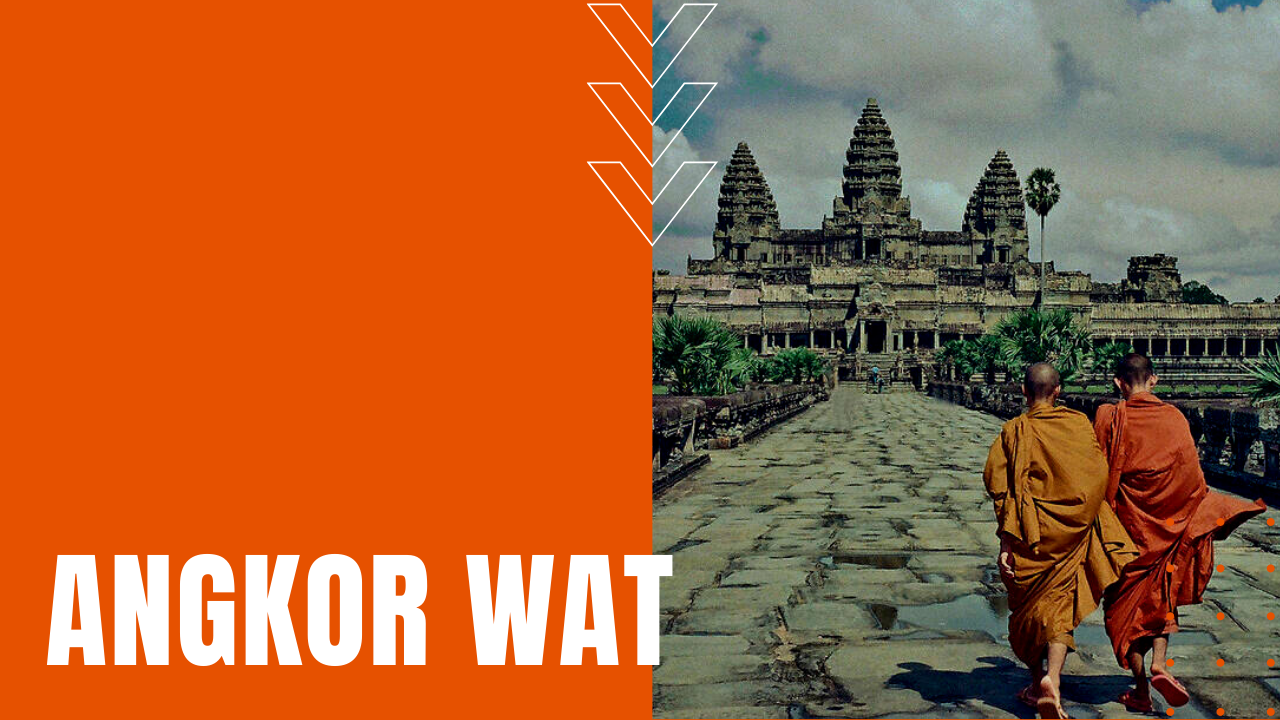Angkor Wat

In 1860, a French naturalist and explorer was cutting his way through the Cambodian jungle in search of exotic insects, when he came upon a massive complex of stone temples. Henri Mouhot had stumbled upon one of the most stunning and enduring architectural feats anywhere in the world—the 900-year-old remains of Angkor Wat—and he wrote of the place that the site was “grander than anything left to us by Greece or Rome.”
Originally built as the Khmer Empire state temple and personal mausoleum for King Suryavarman the 2nd in the early 12th century, in honor of the Hindu god Vishnu, the temple’s design represents Mount Meru, which in both the Hindu and Buddhist faiths is the the mythical home of the gods.
Angkor Wat Temple
Known as “Temple City,” the 400 acre complex includes a 15-foot wall surrounded by a wide moat, with a sandstone walkway that served as the main access point into and out of the temple. In the narrative traditions of Hinduism and Buddhism, the temple walls are adorned by thousands of bas-relief depictions of key deities common to both religions, including a depiction of King Suryavarman the Second entering the city for the first time after its completion.
Although Angkor Wat remained in use until the 1800s, the site has been damaged by forest infestation, earthquakes and wars, and while French Colonialist established a commission in the 20th century to preserve and restore the temple, consistent restoration efforts began in the 1960s, when Cambodia transitioned from colonial rule to a constitutional monarchy.
During a brutal civil war in the 1970s, Angkor Wat miraculously sustained only minor damage, when the autocratic Khmer Rouge regime battled troops from Vietnam near the ancient city. Bullet holes can still be found in the outer wall of the temple, which otherwise failed to sustain greater damage.
Considered one of the most important pilgrimage sites for Buddhists anywhere in the world, Angkor Wat was christened a UNESCO World Heritage site in 1992, welcoming more than 500,000 visitors a year, most arriving early in the morning to witness the spiritual magic of a sunrise over the largest religious structure anywhere in the world.
